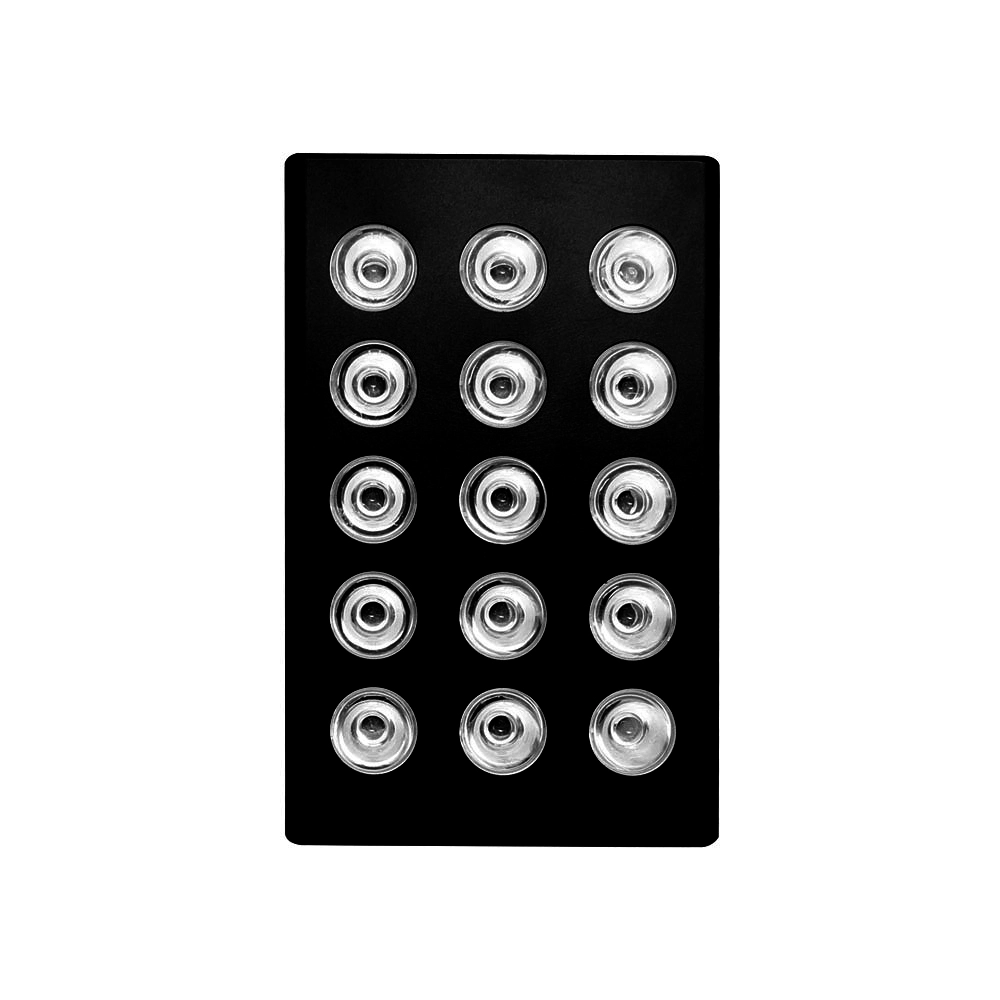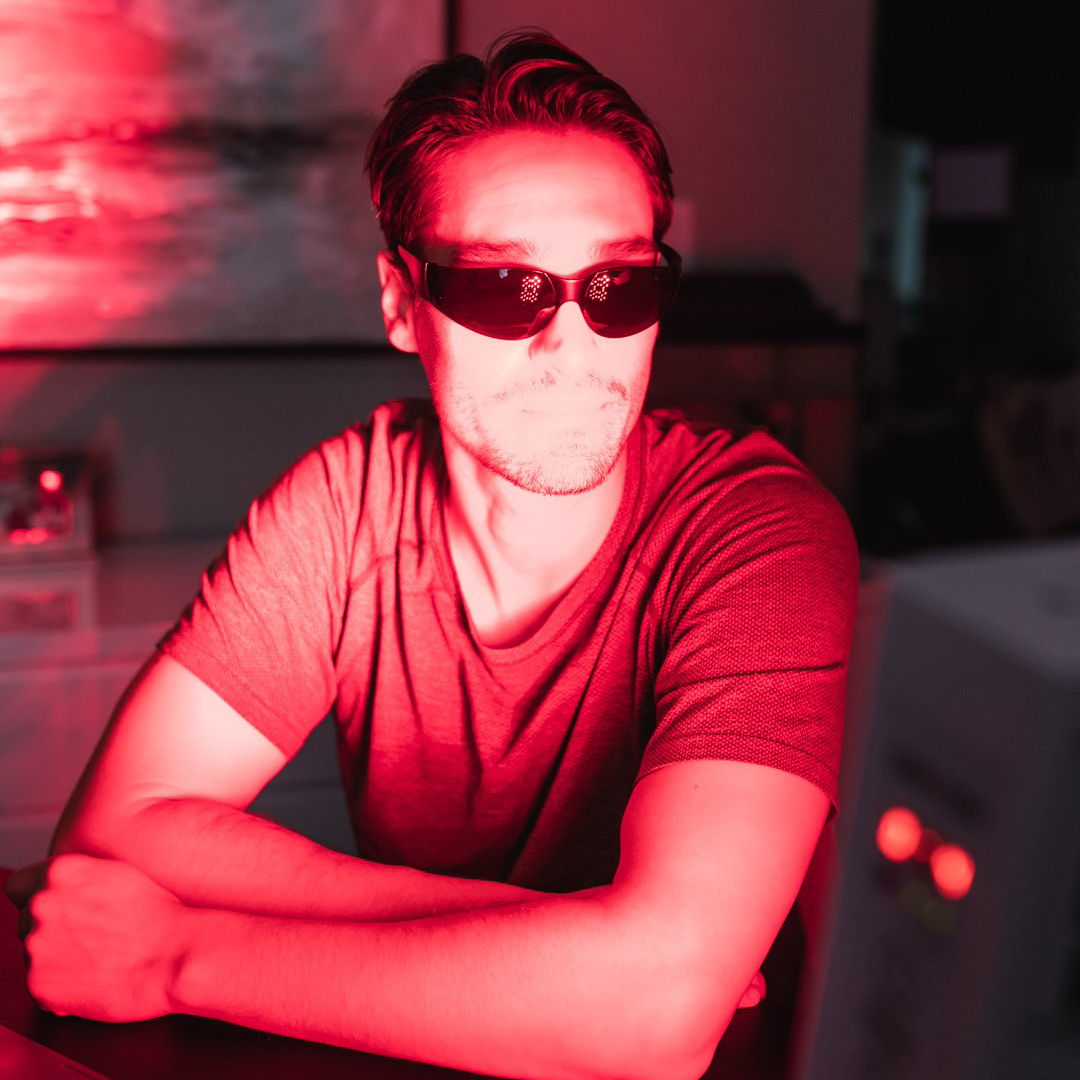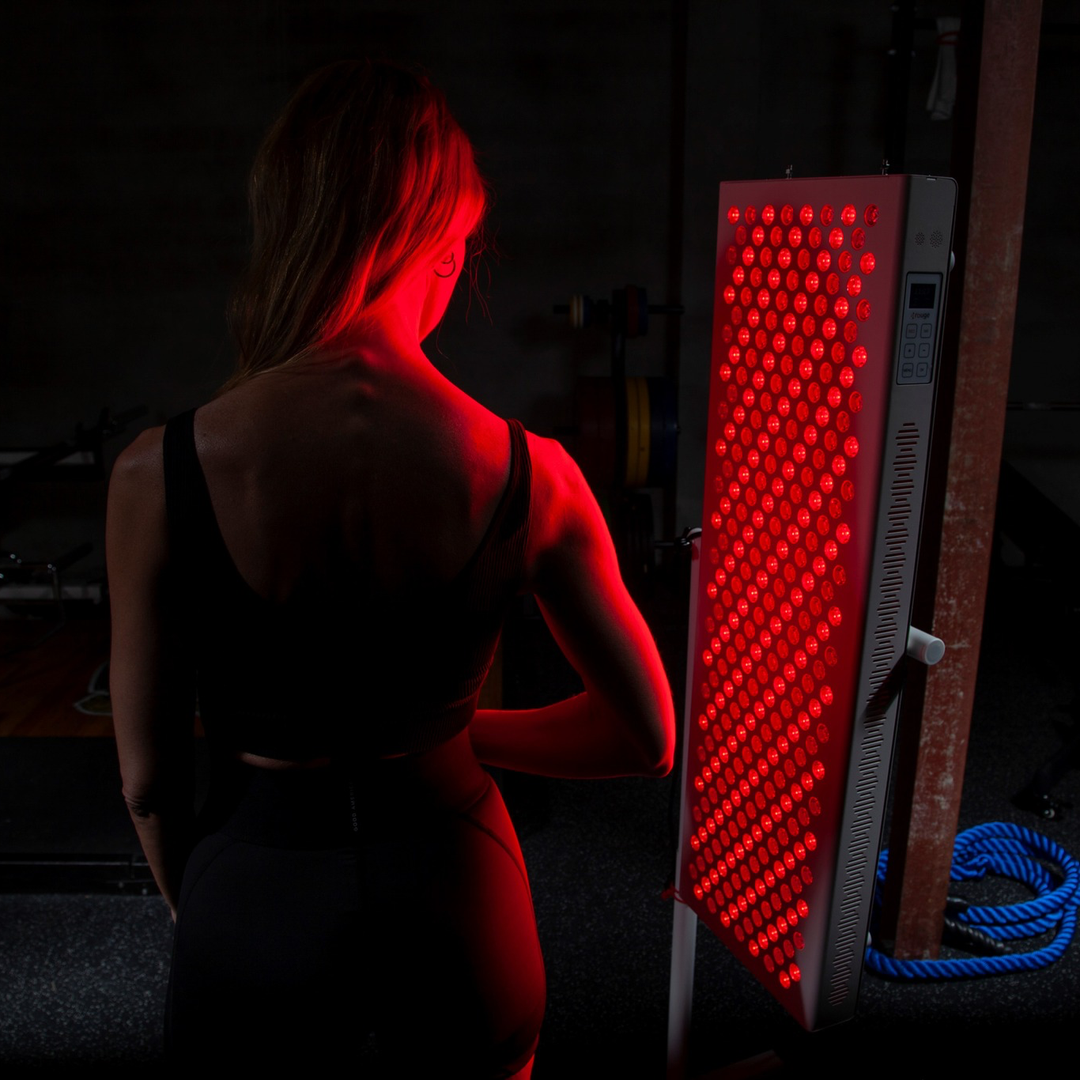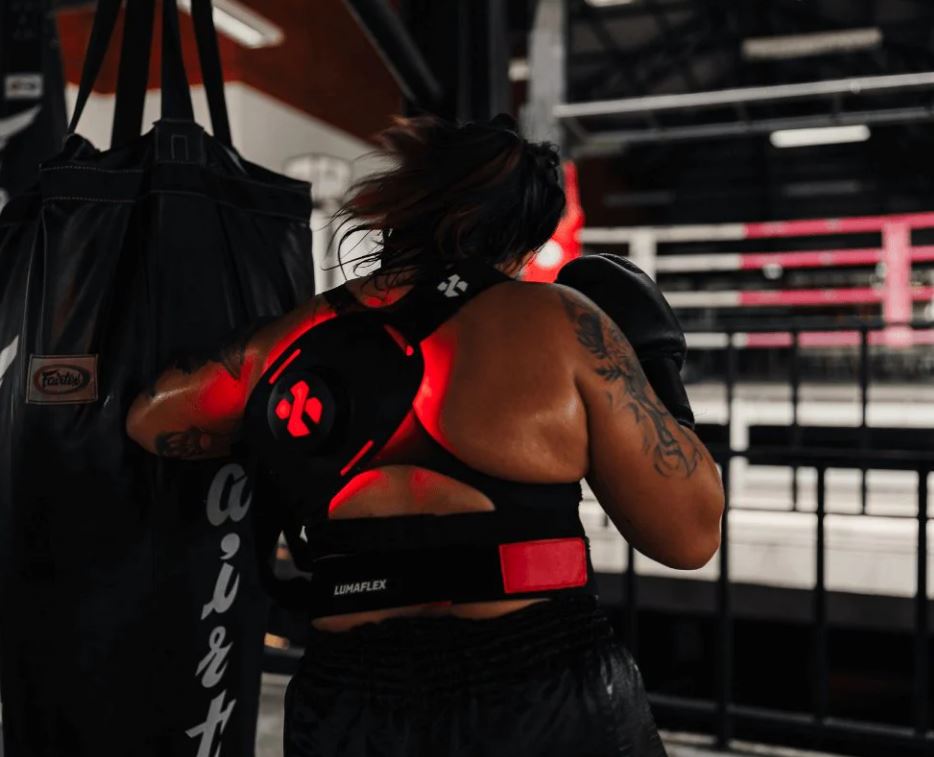![]() Free Shipping
Free Shipping ![]() Buy Now, Pay Later
Buy Now, Pay Later ![]() Eligible
Eligible
Red Light Therapy for Hemorrhoids: A Soothing, Non-Invasive Solution?
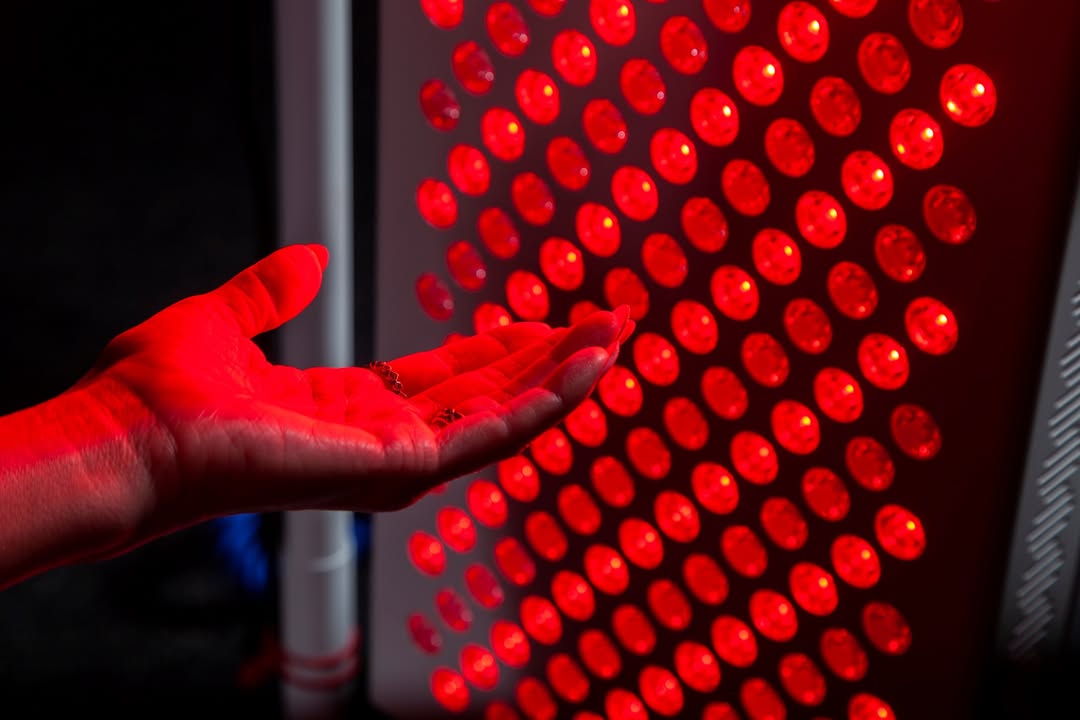
Dealing with hemorrhoids is a painful and often embarrassing reality for millions. If you’re searching for a drug-free, non-invasive method to find relief, you may have come across red light therapy. Once a tool found mainly in dermatology clinics, this technology is now available for at-home use. But does it really work for such a sensitive issue?
This article delves into the science and practical application of red light therapy for hemorrhoid management, helping you make an informed decision.
What is Red Light Therapy?
Red light therapy (RLT), also known as photobiomodulation (PBM) or low-level laser therapy (LLLT), is a therapeutic technique that uses specific wavelengths of red and near-infrared light.
Unlike harsh UV light, this low-wavelength light is safe and penetrates the skin’s surface. It doesn’t generate heat but works by stimulating cellular processes.
Dr. Michael Hamblin, a leading photomedicine researcher from Harvard Medical School, explains: “The photons are absorbed by mitochondrial chromophores in cells. This triggers a cascade of events that leads to increased ATP (adenosine triphosphate) production, which is the energy currency of the cell.”
In simpler terms, red light gives your cells a “energy boost,” empowering them to function more efficiently and repair themselves.
How Does Red Light Therapy Help with Hemorrhoids?
Hemorrhoids are swollen and inflamed veins in the rectum and anus. The primary goals of treatment are to reduce swelling, alleviate pain, and promote tissue healing. Red light therapy targets these goals directly.
The Mechanisms of Action
- Reduced Inflammation: RLT modulates the body’s inflammatory response, helping to calm the swelling and irritation in the hemorrhoidal veins and surrounding tissue.
- Enhanced Blood Circulation: The therapy encourages the formation of new capillaries and improves blood flow. Better circulation helps deliver oxygen and nutrients to the damaged area while removing waste products, accelerating the healing process.
- Stimulated Tissue Repair: By boosting cellular energy (ATP), RLT accelerates the repair of damaged epithelial and vascular tissues. This can help heal fissures and reduce the overall recovery time.
- Pain Relief: The anti-inflammatory effects and increased endorphin release associated with RLT can provide significant pain relief without the need for pharmaceuticals.
Red Light Therapy vs. Traditional Hemorrhoid Treatments
How does this modern approach stack up against conventional methods? The table below provides a clear comparison.
| Treatment Method | How It Works | Pros | Cons |
|---|---|---|---|
| Red Light Therapy | Stimulates cellular repair & reduces inflammation | Non-invasive, drug-free, minimal side effects, can be used at home, addresses root causes (inflammation/poor healing) | Requires consistency, slower results for some, upfront cost of device |
| Topical Creams | Temporary numbing & anti-inflammatory | Immediate but temporary relief, easily accessible, low cost | Can cause skin thinning with steroids, doesn’t address underlying cause, messiness |
| Sitz Baths | Soothes with warm water | Soothes irritation, improves hygiene, low cost | Provides temporary relief only, can be inconvenient |
| Hemorrhoidectomy | Surgical removal of hemorrhoids | Permanent solution for severe cases | Invasive, painful recovery, risk of complications, high cost |
How to Use Red Light Therapy for Hemorrhoids
Using RLT for hemorrhoids is straightforward, especially with the rise of at-home devices.
- Choose Your Device: You can use a specialized red light therapy panel, a handheld device, or even a wearable device designed for pelvic health. Ensure it emits red (630-660nm) and/or near-infrared (810-850nm) light.
- Prepare the Area: The treatment area should be clean and dry.
- Position the Light: Position the device so the light shines directly on the affected area. Follow the manufacturer’s instructions for distance, typically 6-12 inches away.
- Duration and Frequency: A typical session lasts between 10-20 minutes. For acute flare-ups, you might use it 1-2 times daily. For maintenance, 3-5 times per week may be sufficient.
- Be Consistent: The key to success with RLT is consistency. Cellular repair is a cumulative process, so regular use is essential for optimal results.
VELLGUS Elite V2
THE #1 RATED RED LIGHT DEVICE
FAQs About Red Light Therapy for Hemorrhoids
Is red light therapy safe for such a sensitive area?
Yes, red light therapy is considered very safe. It is non-invasive, non-thermal (doesn’t burn), and does not damage the skin. It is gentle enough for sensitive tissue.
How long until I see results?
Many users report a reduction in pain and swelling within a few days to a week of consistent use. Complete healing of tissue may take several weeks, depending on the severity.
Can I use it with other treatments?
RLT can often be used in conjunction with other treatments like sitz baths or dietary changes. However, you should always consult with your healthcare provider before starting any new treatment regimen.
Are there any side effects?
RLT is remarkably safe with almost no reported side effects when used as directed. In rare cases, temporary, mild redness may occur.
Conclusion: Is Red Light Therapy Right for You?
Red light therapy presents a compelling, science-backed option for managing the pain, inflammation, and poor healing associated with hemorrhoids. Its non-invasive, drug-free nature makes it an attractive alternative or complement to traditional creams and sitz baths.
While it may require an initial investment and a commitment to consistent use, the potential for long-term relief and improved tissue health is significant. If you are struggling with hemorrhoids and seeking a modern solution, discussing red light therapy with your healthcare provider could be a illuminating step toward comfort and healing.



